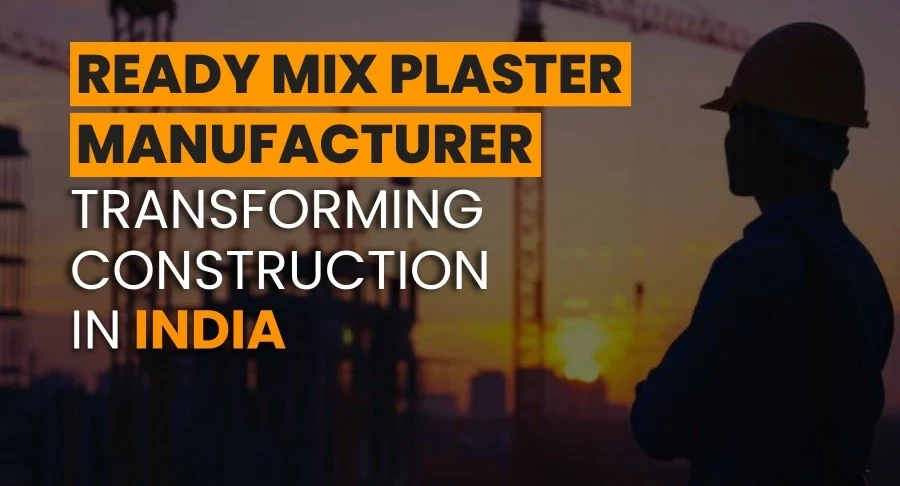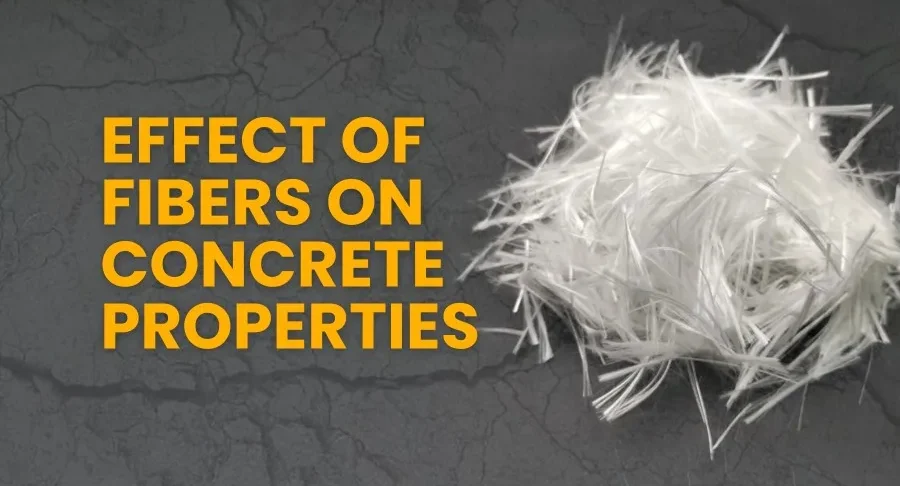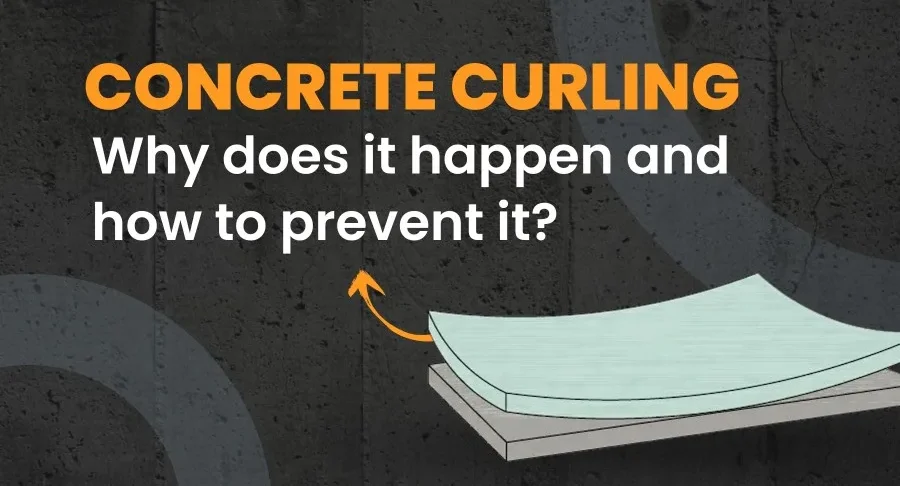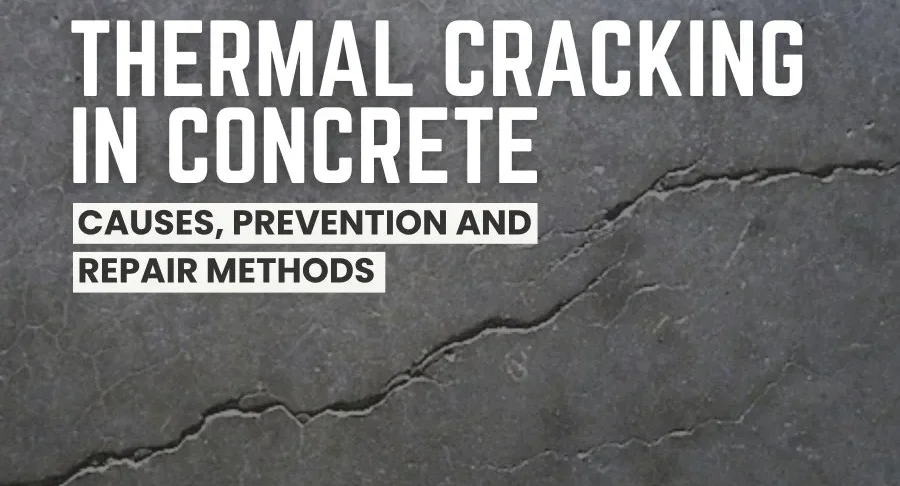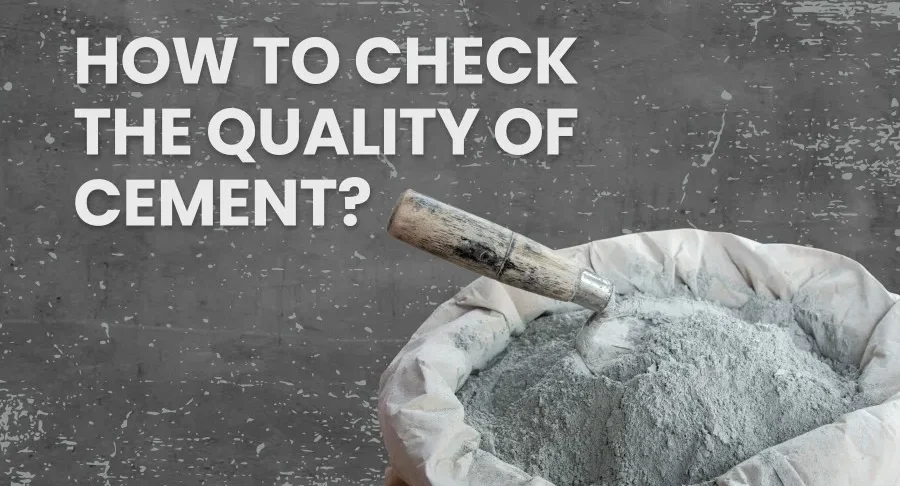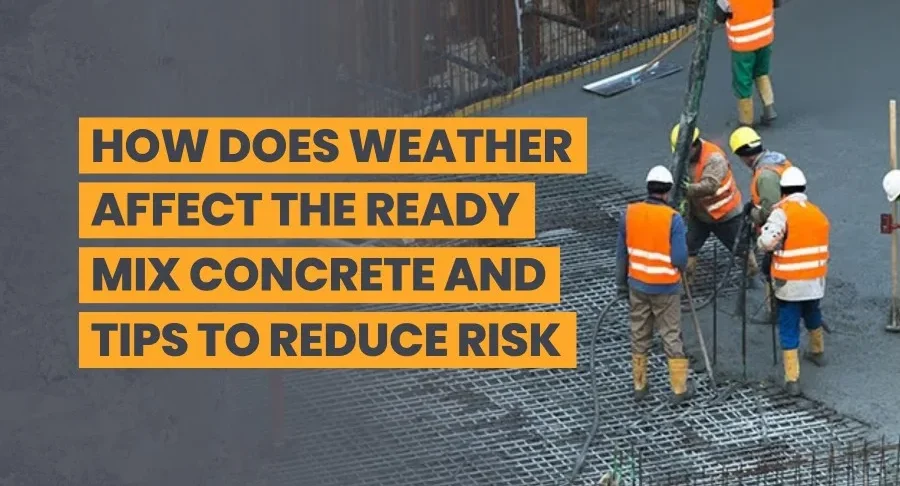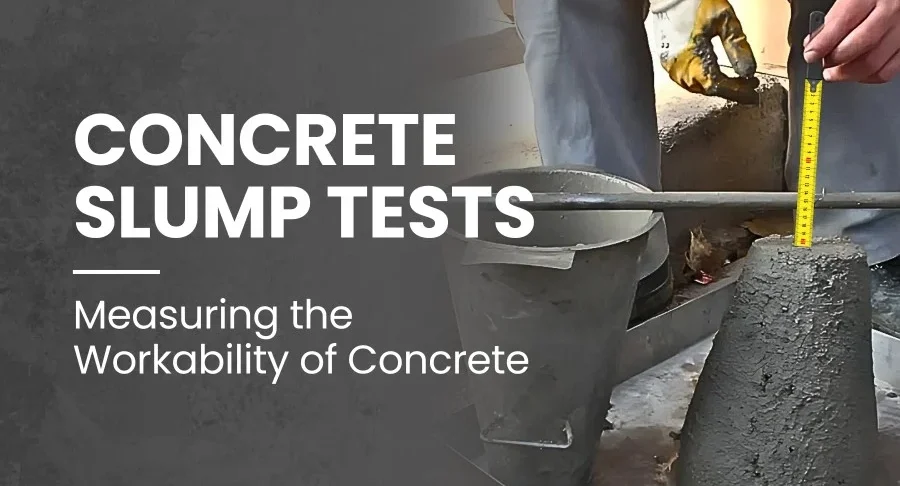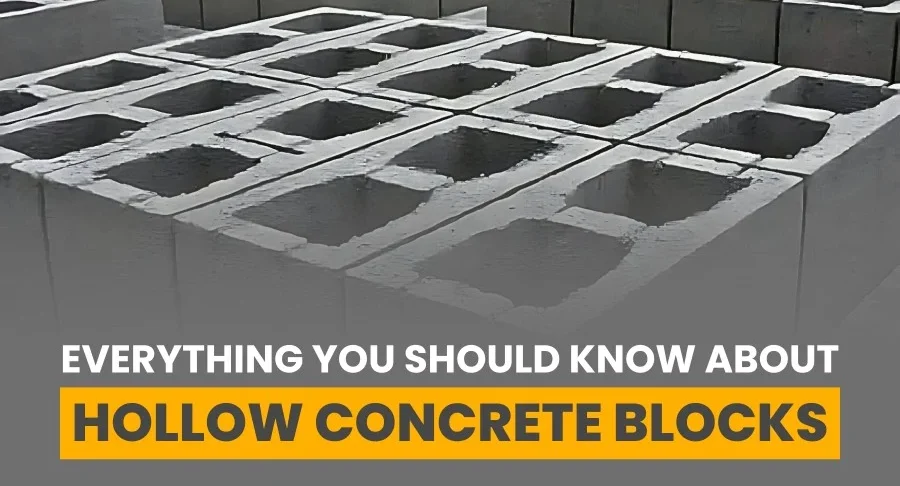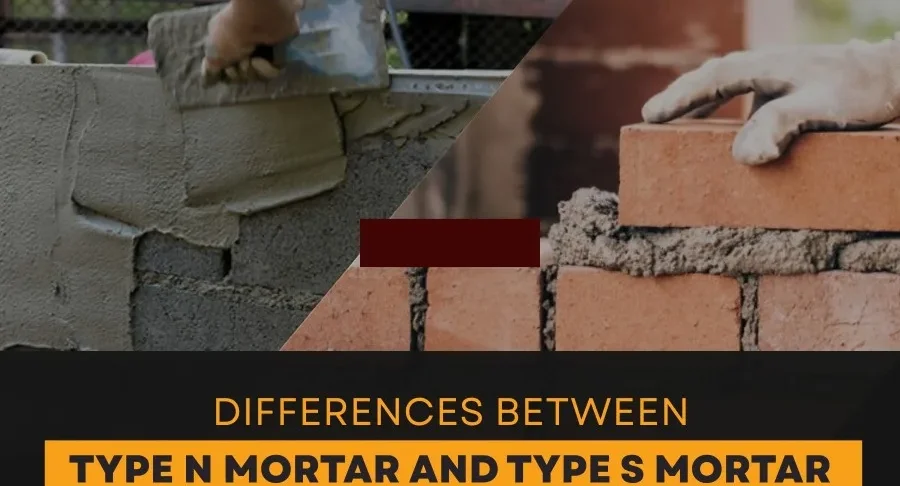Walls are usually one of the first things that people see when they enter a home, office, or commercial building. Having clean, smooth, and newly painted walls can dramatically change the feeling of t...
Innovative Applications of Cement Grade Gypsum in the Construction Industry
The construction sector is advancing at an unprecedented rate. As demand for sustainable, durable, and economical building solutions increases, materials that were once primarily thought of for limite...
Ready Mix Plaster Manufacturer: Transforming Construction in India
In our busy construction world, time, accuracy, and durability are vital. Contractors, architects, and builders are always searching for materials that will not only save time but also improve quality...
What is Gypsum Retarder? Benefits, Applications, and How It Works?
Modern materials must provide a balance of speed, efficiency, and durability in a construction environment. One of the critical additives used to achieve this balance is through the use of a gypsum re...
What is the Minimum Film Forming Temperature of Redispersible Polymer Powder?
The film-forming temperature of an Redispersible Polymer Powder (RDP) is vital in developing the optimal performance of any product being manufactured from it for the construction industry. This t...
Calcium Formate: Smart Choice for Fast-Curing Concrete Accelerator
In construction, speed, durability, and efficiency are vital. Regardless of the type of project, residential, commercial, or infrastructure, all projects require a strong, reliable material, and at th...
What are HPMC Emulsifiers, and Are They Safe?
When you enjoy a rich scoop of ice cream, spoon a layer of silky chocolate onto a cake, or smooth your favorite skin lotion onto your skin, you are likely benefiting from emulsifiers and not even awar...
Effect of Fibers on Concrete Properties
Using fibrous materials in concrete isn't as simple as selecting fibers off a shelf; each fiber, its type, size, shape, surface finish, dosage, and distribution, all contribute to the behavior of the...
Dispersing Agents in Construction Chemicals – A Guide to Their Applications and Benefits
In contemporary construction, long-term performance, efficacy, and accuracy are no longer aspirational targets but prerequisites. Every construction material that is found in the field is specified to...
The Impact of HPMC Tablet Coatings on Stability and Shelf Life
In the pharmaceutical industry, stability is more than a requirement - it’s a commitment. The commitment is that a drug that a patient takes today will still be just as effective months or years lat...
Concrete Curling: Why It Happens and How to Prevent It
Understanding Concrete Curling Concrete curling is a condition that causes a corner or edge of a concrete slab to lift or bend, forming a curled or warped appearance. While this may not sound like...
Thermal Cracking in Concrete: Causes, Prevention and Repair Methods
Thermal cracking in concrete occurs when a concrete element has a large temperature difference within it, causing internal stresses. These stresses will exceed the amount that the material can elongat...
Enhancing Concrete Mix Flow and Workability with Viscosity Modifying Admixtures
Introduction Concrete is more than simply a mixture of cement, water, and aggregates. It is a system in balance. The way it flows, adheres, and finishes is highly dependent on its viscosity. He...
Retarding Admixture: Types, Advantages and Applications
Timing is crucial in construction, especially regarding pouring and placing concrete. The setting of concrete is a delicate chemical reaction, and every now and then, we need to take our time to devel...
How to Check the Quality of Cement?
Introduction Whether you are constructing a house, bridge, or commercial building, the quality of your cement is extremely important. Cement has several grades, and only the top ones have the stren...
How Does Weather Affect the Ready Mix Concrete and Tips to Reduce Risk
As you prepare for a pour in ready mix concrete, you might be focused on your schedule, budget, and manpower, but have you paid attention to the weather? Weather might seem like a minor factor, bu...
Why Contractors Should Use Ready Mix Concrete for Construction Projects?
In today's ever-changing construction landscape, efficiency, quality, and sustainability have never been more important. Whether you're pouring a residential apartment, a highway or a commercial t...
What is the Flexural Strength of Concrete?
Concrete is one of the most relied-on materials in the construction industry to create strong, durable structures. Although compressive strength is often touted as the key feature of concrete, flexura...
Concrete Slump Tests – Measuring the Workability of Concrete
Introduction Concrete is at the heart of many aspects of the construction industry. If you are building a residential home, commercial property, a bridge, or a roadway, concrete is a critical mater...
Types of Bricks Used in the Construction Industry
Bricks have been vital for decades of construction projects. Bricks have provided shape to spaces, walls, and towns since before ancient Greeks and Romans, to our newest concerns in architecture....
The Importance of Monitoring Temperature Differentials in Mass Concrete
Introduction Mass concrete is an important component of major construction projects, particularly when creating foundations, dams, bridges, or massive walls. Because of the mass, mass concrete requ...
What is a Concrete Setting?
Introduction Concrete setting is one of the most basic but overlooked steps in construction. This is when we transform concrete from a plastic, free-flowing mix to a solid, stiff (load-bearing) mat...
Precast Concrete Reinforcement: A Constantly Evolving Innovation
Concrete is a major component of the modern construction process and is famed for its high compressive strength. It has been used for all types of large-scale infrastructure projects since time immemo...
15+ Factors That Affect the Strength of Concrete
Concrete is the most used construction material in the world. It underlies each aspect of modern infrastructure, from their tall ceilings and long-span roof systems and bridges, to roadways, concrete...
Everything You Should Know About Hollow Concrete Blocks
Introduction: How We Build Has Changed Since human civilization began, shelter has been one of the three critical life-sustaining human needs, along with food and clothing. Initially, our ancestors...
Hidden Differences Between Type S Mortar and Type N Mortar
When taking on a masonry project – from building a retaining wall, repairing a foundation, or laying decorative brick – choosing the proper type of mortar can be the most important choice you'll m...
Silica Fume in Concrete: Pros & Cons
Concrete is still one of the world's most utilized construction materials and is prized for its strength, versatility, and durability. Unfortunately, the production of cement, one of the major compone...
Why Is Polypropylene Staple Fiber Used in Construction?
In today's construction world, high standards for durability, safety, and sustainability mean that materials must meet the job site expectations. Polypropylene Staple Fiber is a material that has...
The Impact of Hydroxypropyl Starch Ether (HPS) in Mortar Applications
In the construction industry and especially for dry mix mortars, workability, water retention, and performance should be balanced when designing your mix. Whether you are laying bricks, applying p...
PCC in Construction: Importance, Applications, and Mixing Ratios
Plain Cement Concrete (PCC) is a basic construction material in the building industry. It is usually used as a solid base for structural elements, such as foundations, slabs, and pavements, and provid...



